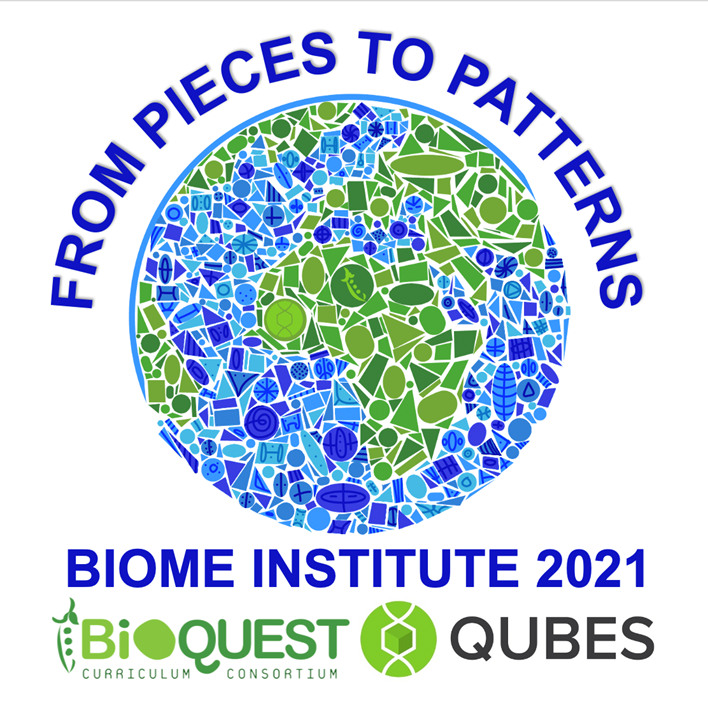Best Practices and Recommendations for Designing Activities for Highlighting Diverse Scientists Through Quantitative Skill Development
Author(s): Kristen Butela1, Sheela Vemu2, Pratima Jindal3
1. University of Pittsburgh 2. Waubonsee Community College - 3. Waubonsee Community College
1832 total view(s), 447 download(s)
Best Practices and Recommendations for Highlighting Diverse Scientists through Quantitative Skill Development Poster.pdf(PDF | 127 KB)
Scientist Interview Questions.pdf(PDF | 33 KB)
- https://docs.google.com/document/d/e/2PACX-1vSlvHTZtOc6wG5C9xEc-bAIYofpeDHVjrrVc7Q_5IQdmXcLeaYd27nhoJD9jub_q-qAILxHknMGbggb/pub
- https://pitt.hosted.panopto.com/Panopto/Pages/Viewer.aspx?id=da5e3c60-c71e-4e62-bb58-ad5f010671b2
- License terms
Description
Diversity and inclusion efforts in course design include promoting and centering the work of scientists from underrepresented groups in order to foster a sense of belonging in science among students from a variety of diverse backgrounds. However, STEM educators can often face barriers to the design and implementation of these activities due to demands on faculty time, constraints on course material, external concerns about academic rigor, and difficulties in linking course topics with inclusivity elements. In Spring 2021, we participated in the Scientist Spotlight and Data Nuggets Faculty Mentoring Network, a QUBES group dedicated to designing learning activities that focus on quantitative skill development through highlighting the work of scientists from underrepresented groups. The activities present an opportunity for students to use podcasts or written/video interviews to interact with scientists using the framework of quantitative reasoning and the shared experiences of their scientific worldviews. Here, we share best practices on customization and implementation strategies that can cover the overarching goals of designing activities that promote student quantitative skill development and highlighting the work of scientists from underrepresented groups. Integrating diverse scientists’ perspectives instills creativity in teaching materials. This creativity emerges from diversity, and that the advantages of diversity are realized only through inclusion of these best practices in a teaching environment. A critical part of inclusion is also about paying attention to students’ feelings of belonging and science identity. Our work is an attempt to distill some best practices that we can use as a guide to designing quantitative skill-based learning activities that help to create an inclusive environment with whom we teach, mentor or work in our disciplines.
Cite this work
Researchers should cite this work as follows:
- Butela, K., Vemu, S., Jindal, P. (2021). Best Practices and Recommendations for Designing Activities for Highlighting Diverse Scientists Through Quantitative Skill Development. 2021 Biology and Mathematics Educators (BIOME) Institute, QUBES Educational Resources. doi:10.25334/JBTN-7A24
